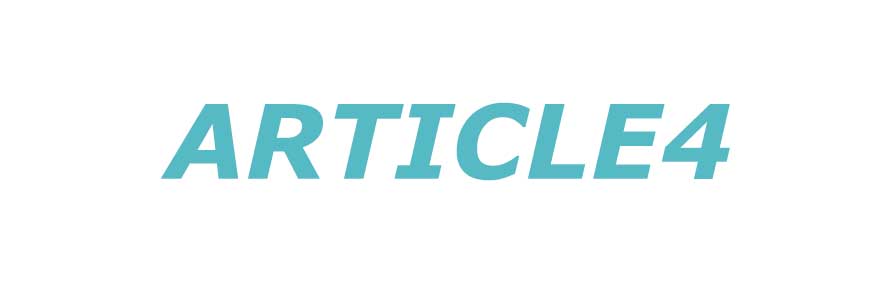Smart Touch | Infrared vs Projected Capacitive Touch Screen
In today’s digital landscape, selecting the right touch technology is crucial for businesses aiming to enhance customer interaction and engagement. According to various sources, infrared (IR) touch screens and projected capacitive (PCAP) touch screens are at the forefront of this technology, each offering unique advantages and features that cater to varying business needs.
Understanding Smart Touch Technologies
Smart Touch represents REV Interactive's innovative line of touch screens. For over five years, the Smart Touch range has been developed utilizing two distinct technologies: Projected Capacitive (PCAP) and Infrared (IR).
A touchscreen serves as both an input and output device placed atop an electronic display, allowing users to interact using fingers or styluses. These touchscreens enable manipulation of displayed content through single or multiple touches, enhancing usability.
Certain touchscreen models require specific types of gloves or styluses, while others operate efficiently with bare fingers. Depending on the technology, users can also alter display settings, such as zooming in on text for better visibility.
Types of Smart Touch Solutions in Malaysia
Projected capacitive and infrared touch technologies are the two leading types of smart touch solutions. PCAP screens detect touches by measuring capacitance changes when a finger contacts the display. In contrast, infrared touch technology employs a grid of LEDs and sensors surrounding the screen, allowing for versatile and scalable touch solutions.
Differentiating Infrared (IR) and Projected Capacitive (PCAP) Touch Screens
Even though infrared (IR) and projected capacitive (PCAP) screens may feel similar in use, they have distinct structural and functional differences. Understanding these can help businesses choose the best option for their needs.
Projected Capacitive Touch Screen (PCAP)
PCAP technology is commonly found in smartphones, tablets, and other interactive devices, requiring a bare finger or capacitive stylus to operate. This technology supports a wide range of touch points, making it highly adaptable and precise.
Pros:- Very durable
- High precision
- Excellent optical clarity
- Versatile in processing various touch commands
Cons:
- Requires bare fingers or a special stylus
- Susceptible to functionality issues from scratches
- Higher cost compared to other solutions
Infrared Touch Screens
Infrared touch technology has been a long-standing choice in many commercial applications due to its durability and reliability. The technology operates by creating an invisible grid of infrared beams across the screen, detecting interruptions by different objects.
Pros:- 100% light transmission
- High accuracy and clarity
- Supports interaction with gloved hands
Cons:
- Some reliability concerns with components
- Can experience parallax issues
- Risk of unintentional activation
Comparison of Features
How They Work
PCAP screens detect touches by measuring changes in voltage within an X-Y grid of electrodes. When a user touches the screen, their finger absorbs some of the energy, allowing the device to register the touch. Conversely, IR screens detect when their beam is interrupted by a touch, identifying the location of the contact.
Functionality
Capacitive touch technology requires users to have direct contact with the screen and does not register touches through gloves. In contrast, IR technology is versatile, recognizing touch inputs from fingers and other objects alike, regardless of whether the user is wearing gloves.
Accuracy
While both technologies are designed for accuracy, PCAP tends to offer more precise touch detection due to its ability to sense electrostatic changes with higher sensitivity compared to infrared systems.
Screen Size Capability
PCAP can be employed across a range of device sizes, typically seen in smaller devices like smartphones or tablets, while infrared technology supports much larger screens, making it ideal for applications like kiosks.
Applications for PCAP and IR Touch Technologies
Both technologies find practical applications across multiple sectors:
Automatic Teller Machines
ATMs are a prominent use-case for touch technology, employing both PCAP and IR for user-friendly, self-service banking solutions.
Self-service Kiosks
These kiosks enable customers to access services seamlessly through touch screens, facilitating interactions without staff assistance.
Barcode Scanners
Touch screens have made shopping more efficient, allowing consumers to scan items as they shop, improving the checkout experience.
Online Banking Services
With advanced touch technologies, online banking has evolved into a secure and user-friendly platform for managing finances.
Choosing Between Infrared and Projected Capacitive Technologies
1. Budget
While PCAP technology represents the latest advancements and is often more expensive, IR remains a cost-effective solution with proven reliability.
2. Device Compatibility
The choice of technology should align with the type of devices in your business ecosystem. PCAP works through electrical conductivity in human bodies while IR screens utilize LED beams to detect touch.
3. Environmental Considerations
PCAP technology suits both indoor and outdoor settings and accommodates various device configurations. Infrared, however, performs better in controlled environments, as ambient conditions can affect functionality.
4. User Needs
The choice should also consider user interaction preferences, including whether users might need to operate the device with gloves or styluses.
Conclusion
Both projected capacitive and infrared touch technologies are integral to modern interactive experiences. While PCAP offers advanced features and remarkable clarity, infrared remains a solid choice for cost-sensitive applications. Ultimately, the decision depends on specific project requirements and user expectations.
To explore more about these innovative touch solutions, please visit our website IRTOUCH.
Frequently Asked Questions on Infrared vs Projected Capacitive Touch Screen
1. Which type of touchscreen is not suitable for gloved fingers?
Capacitive touch screens do not respond well to gloved fingers, making them less versatile in environments where gloves are worn. In contrast, IR touch overlays can detect touch even with gloves.
2. What type of touch screen is best?
Choosing the best touch screen technology depends on the intended application. PCAP screens excel in environments where clarity and responsiveness are crucial, while IR technology is ideal for rugged, high-traffic areas.
3. What is the difference between the touchscreen and multi-touch?
Touch screens can recognize single touches, while multi-touch screens can detect multiple input points simultaneously, enabling advanced gestures and functionalities.
4. What is Zombie finger?
Zombie finger refers to instances when a touch screen fails to respond to a user's touch due to factors like dry skin or calluses, complicating the interaction.
For more details, visit our medical infrared touch monitor page.
184
0
0
All Comments (0)
If you are interested in sending in a Guest Blogger Submission,welcome to write for us!




Comments